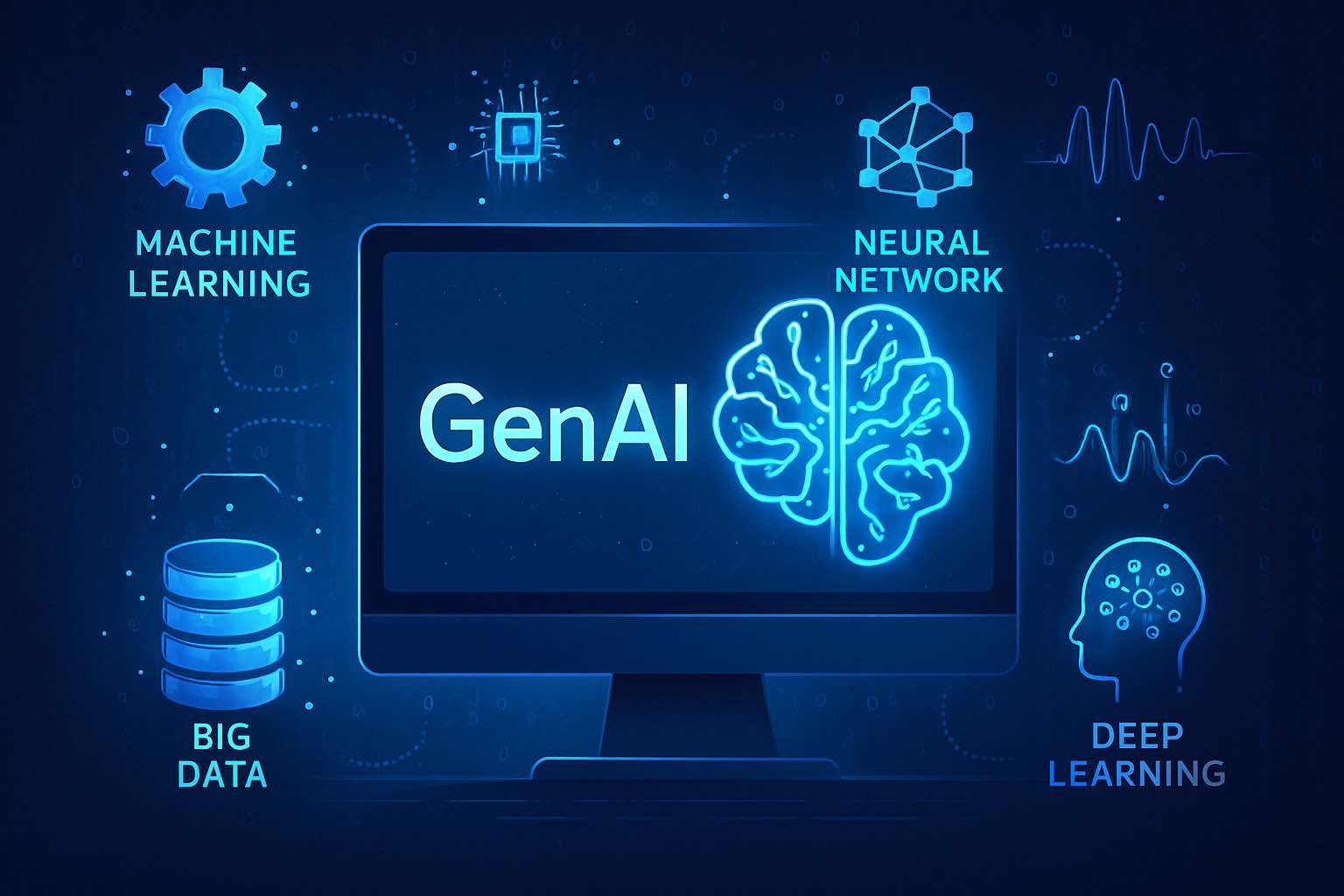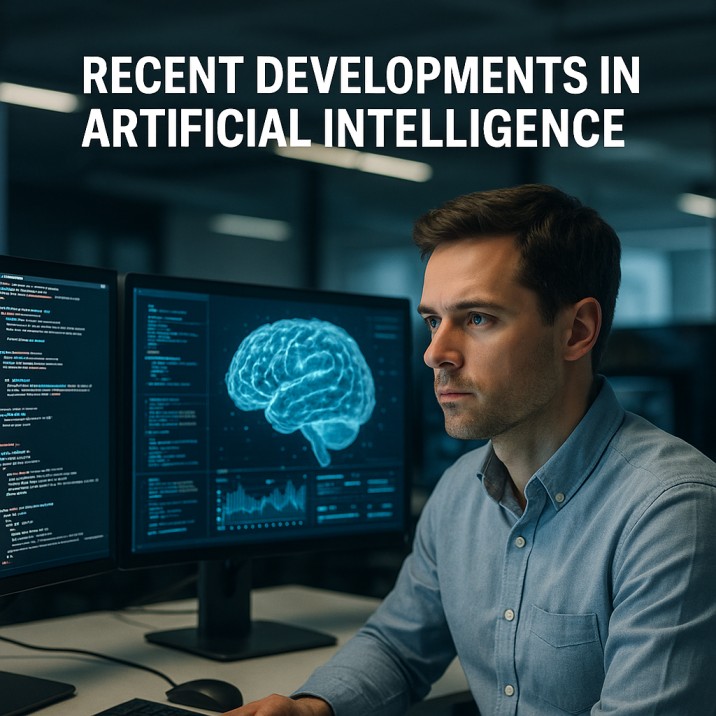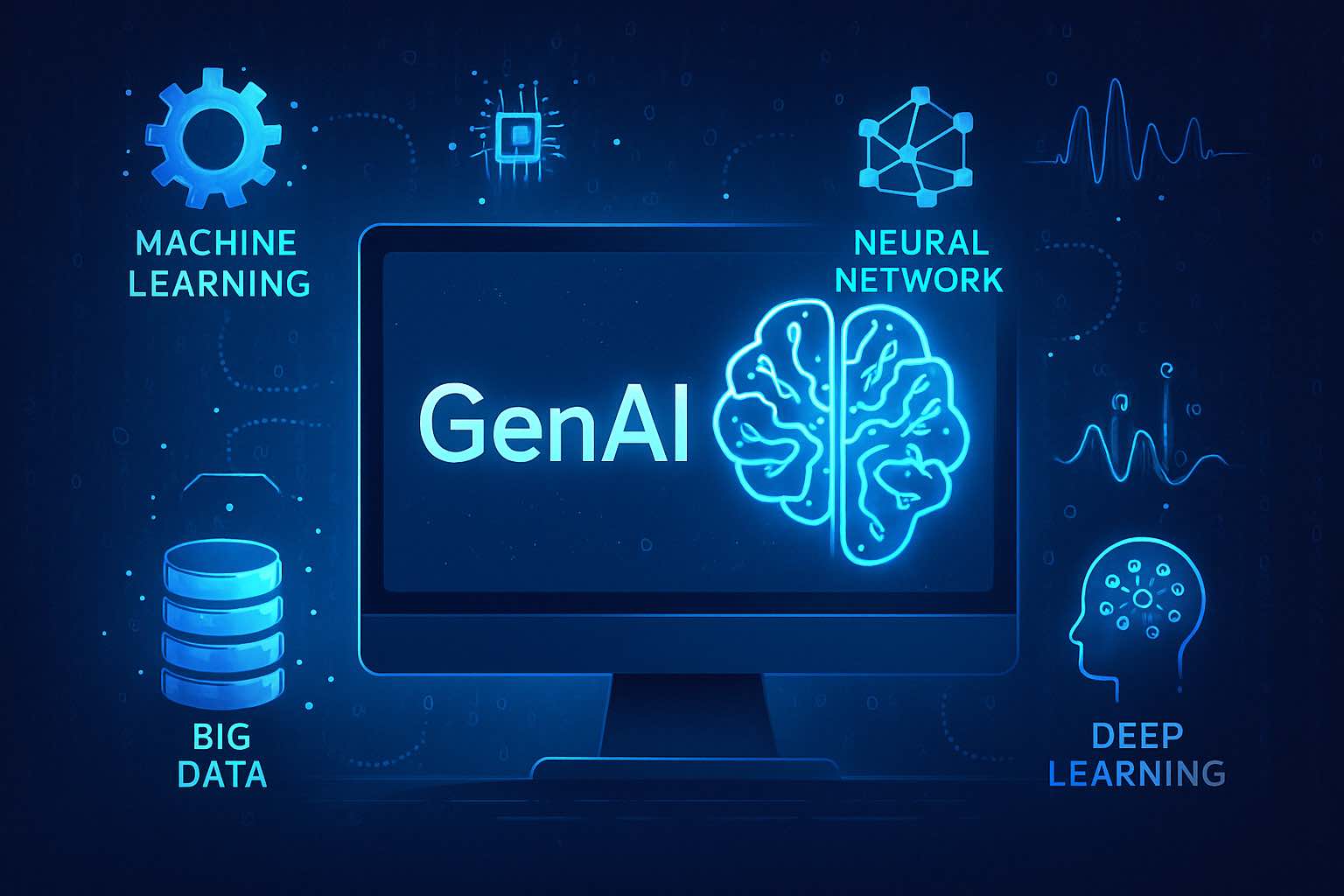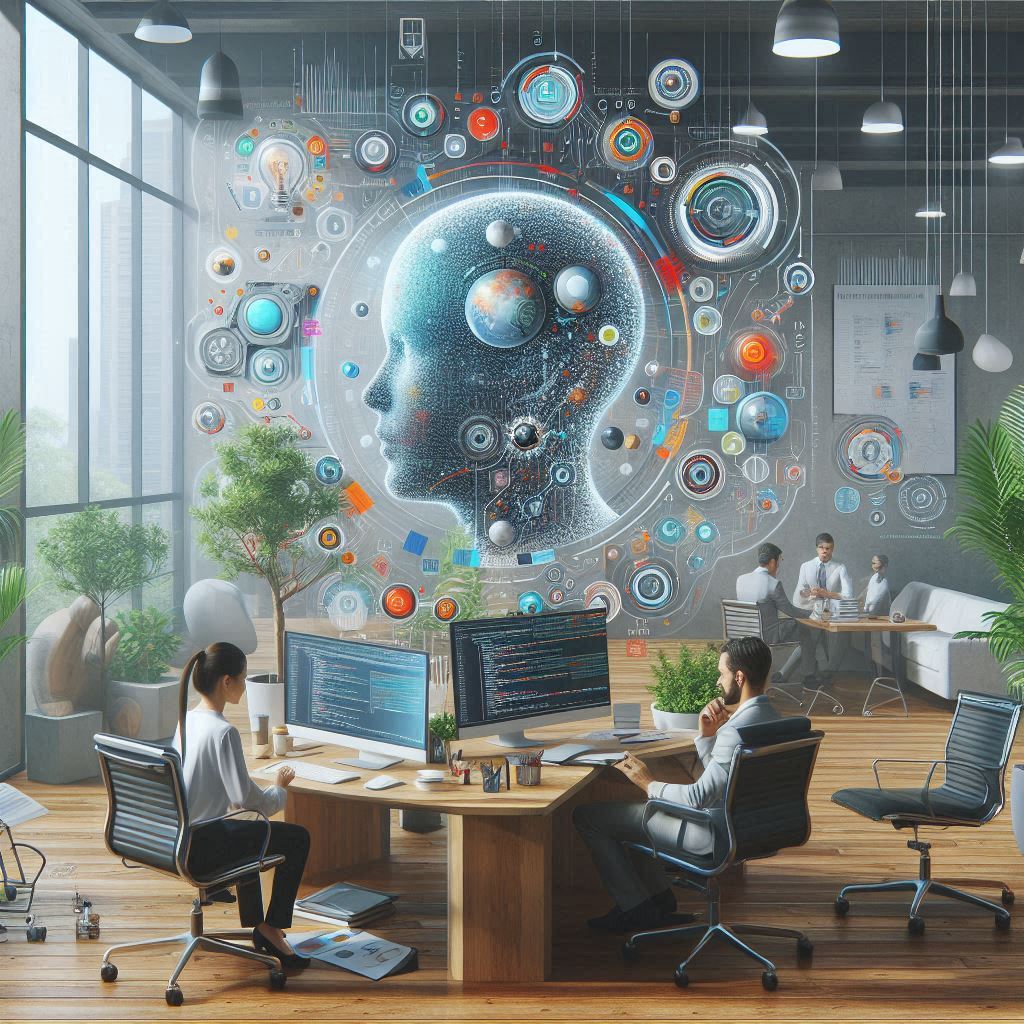Generative AI (GenAI) is rapidly emerging as a transformative force across multiple industries including Tech. It empowers creative expression, accelerates content production, and drives innovation by allowing machines to generate novel outputs—from text and images to music and code. Understanding its evolution provides valuable context for its current capabilities and hints at what the future might hold.

A Brief History of Generative AI
The roots of generative AI stretch back several decades. Early experiments involved rule-based systems and symbolic AI where outputs were crafted based on deterministic algorithms. As machine learning evolved, so did the approaches: researchers began exploring statistical models and neural networks to capture complex patterns in data i.e. pattern recognition.
One of the earliest breakthroughs came with Recurrent Neural Networks (RNNs) and Long Short-Term Memory (LSTM) networks, which started to capture sequences in data—an essential capability for tasks like language modeling and time-series prediction. These models laid the groundwork for more sophisticated generative systems, enabling computers to generate music, text, and even simple images based on learned patterns.
The Transformer Revolution: "Attention is All You Need"
The pivotal shift in generative AI came in 2017 with the publication of the "Attention is All You Need" paper by Vaswani et al. This paper introduced the Transformer architecture—a model based entirely on self-attention mechanisms, dispensing with the recurrence of RNNs.
Why the Transformer Was a Game-Changer
Parallelization: Unlike RNNs, Transformers process all words in a sequence simultaneously, which allows for significant gains in processing speed and efficiency on modern hardware.
Self-Attention: This mechanism enables the model to weigh the importance of different words relative to each other. By doing so, it captures intricate dependencies in long sequences, leading to more contextually aware and coherent outputs.
Scalability: The Transformer’s design allowed it to scale with data and computational resources, resulting in larger models like BERT, GPT, and others that continue to push the envelope in generative capabilities.
This breakthrough not only revolutionized natural language processing but also paved the way for robust generative models capable of producing human-like text, realistic images, and more.
Modern Use Cases of Generative AI
Today, GenAI finds applications across various domains:
Content Generation: Tools such as OpenAI's GPT and DALL·E generate creative text and images, helping writers, designers, and marketers.
Automation: Businesses employ generative models for tasks like drafting emails, generating code snippets, and even automating customer service responses.
Scientific Research: In fields like pharmaceuticals, generative models predict molecular structures and simulate drug interactions, significantly cutting down research times.
Interactive Experiences: From personalized storytelling to engaging virtual assistants, GenAI is enhancing user experiences across digital platforms.
Python Code Example: Generating Text with Transformers
Below is a short Python snippet using Hugging Face’s Transformers library, which demonstrates how easy it is to generate text using a pre-trained model (in this case, GPT-2):
# Make sure to install the transformers and torch libraries:How It Works:
Tokenizer & Model Loading: The code loads a pre-trained GPT-2 model and its tokenizer.
Text Generation: A prompt is encoded into input tokens, then the model generates a continuation. The parameters control aspects like the length of the output, randomness, and phrase repetition.
Output: The generated text is decoded into a human-readable format.
This simple example embodies how Transformer-based models are powering the latest generation of creative AI tools.
Looking Ahead: The Future of Generative AI
The future of GenAI is undeniably promising. Continued advancements in model architectures and training methodologies will result in even more capable and efficient systems. We can expect:
Greater Creativity and Collaboration: Seamless integration of human ingenuity and machine-generated insights will redefine art, storytelling, and design.
Personalization at Scale: Businesses will leverage generative models to craft highly customized experiences for customers.
Ethical and Responsible AI: As GenAI evolves, so will frameworks for ensuring ethical use, data privacy, and transparency.
Ultimately, as these models become further democratized and embedded in our daily lives, they will reshape how we interact with technology, pushing the boundaries of what’s possible in creativity, automation, and innovation.
#genai #technology
Some Notes:
Generative AI has journeyed from early neural networks to the revolutionary Transformer architecture—and its evolution is just beginning. By understanding its rich history and technological milestones such as the "Attention is All You Need" paper, we can better appreciate how far this field has come and where it is headed next. Whether you are a developer, creator, or business leader, staying informed about these advancements will help you harness the vast potential of GenAI for a smarter, more creative tomorrow.

About the Author
Krishana Gyanwali
Krishana Gyanwali is a Senior Data Science Consultant and Machine Learning Engineer with over a decade of experience in the IT industry. Currently working with Creative AI Networks, he specializes in cutting-edge cloud analytics solutions, helping businesses harness the power of data-driven insights. As a thought leader in the field, Krishana has authored insightful articles on Generative AI and its real-world applications, as well as the integration of Copilot in Microsoft Fabric, showcasing how AI enhances data utilization. His expertise spans data science, AI, and machine learning, making him a key contributor to innovation and strategic advancements in the industry. He also has a good amount of experience in web page development, inventory management, marketing technology and human resource management. He is founding member and CEO of Creative AI Networks.




Nabin Sapkota
6 months agoInformative Blog